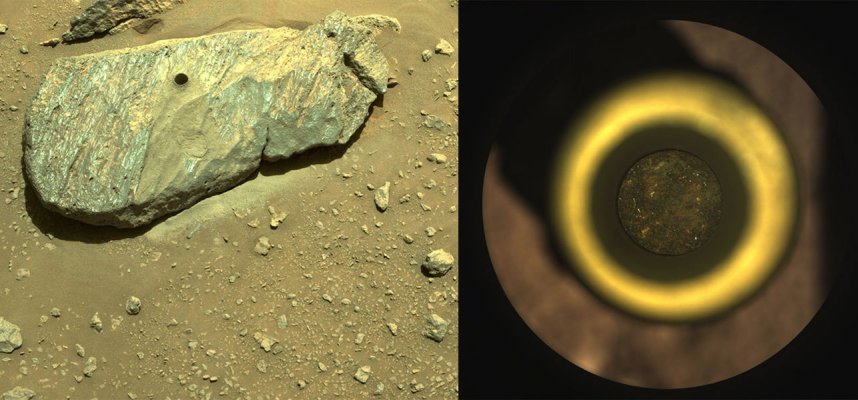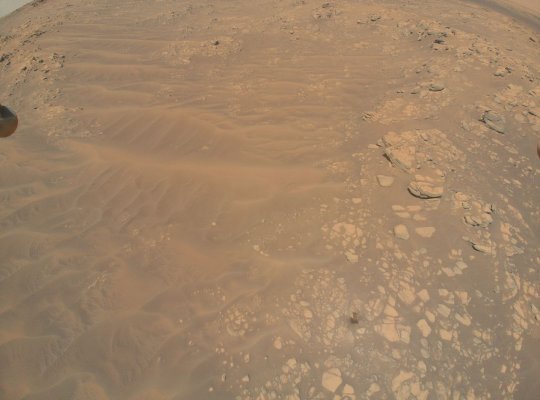Mythopoeika
I am a meat popsicle
- Joined
- Sep 18, 2001
- Messages
- 51,662
- Location
- Inside a starship, watching puny humans from afar
Titanium is really strong and light, but it's really hard and brittle. There isn't much spring in it. They've also used titanium springs, which are doomed to failure.I wonder why they didnt make the wheels out of titanium, although heavier pound for pound, its inherent strength means they could make the wheels with less material and titanium is much more durable
The rover's wheels are made from aluminium, which is a soft metal. The thickness of the sheet they've used is not very thick, so of course it broke easily. A thickness of less than 1 mm is just not enough.
Properly-tempered steel would be better, although heavier. Heck, even marine-grade phosphor bronze would be better.





